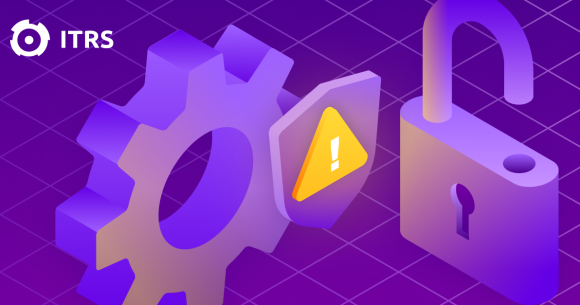Monitoring helps investment banks beat market challenges
The investment banking industry is notoriously volatile yet has largely managed to weather storms from the Great Depression to a credit crisis.
Today’s challenges, however, are less “Big Bang” and more continuous disruption:
• Rapid advancements in technology are enabling nimbler digital-first fintech competitors • Increasingly stringent financial regulations constantly throw out new requirements
• The need to reduce costs through operational efficiencies is paramount amid shrinking capital resources.
In short, the challenges have combined to create a perfect storm of obstacles for investment banks to overcome.
Investment banks and technology
Banks have evolved from physical trading floors - with dozens of dealers wielding phones - to stacks of complex technology: Legacy on-premises, electronic trading systems, pre-, post-trade and order management, M&A platforms, data feeds, clearing and settlement systems… the list goes on and on.
Not only is their IT siloed by department, it spans between on-premises to the cloud. This complexity makes is more difficult for a bank to ensure every transaction is going through smoothly. Real-time monitoring, to ensure everything is working as it should be, is “table stakes.”
Without it they cannot compete in the investment banking world. Critical technology failures can come from anywhere:
• Market data feeds are crucial to knowing where market prices are. Stale or lagging quotes mean traders miss the market.
• Pre- and post-trade applications and order management systems (OMS) are essential for entering and processing trades through the system. If they fail, trading fails.
• IT infrastructure, from on-premises to servers in the cloud, must be functioning at peak performance to achieve efficient trading.
• Risk management systems validate trades against trading limits or financial exposure and ensure they do not run afoul of regulatory compliance. If they fail, either the deal could be cancelled or face regulatory fines.
• Back-office systems like clearing and settlement ensure your trade is completed. If a trade is not completed, money can be lost.
The answer lies in full-stack IT monitoring, from on-premises to dynamic environments in the cloud. These high-stress trading environments demand high-quality monitoring that enables them to see the status of all the components in real time.
They require ITRS Geneos, the only commercial platform with financial-services specific integrations, such as market data and FIX (Financial Information eXchange) protocol monitoring, offered as out-of-the-box capabilities. Its single integrated system achieves a real-time, end-to-end view of trading infrastructure including applications, transaction flows and connections to external services.
Learn more in our eBook: The Investment Bank guide to monitoring.




